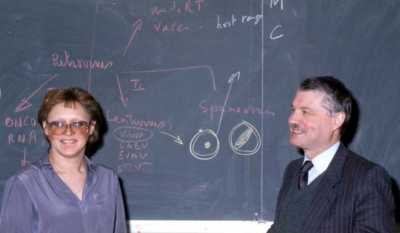When planning a trip by car these days, it’s pretty much standard practice to spin up an image of your destination in Google Maps and get an idea of what you’re in for when you get there. What kind of parking do they have? Are the streets narrow or twisty? Will I be able to drive right up, or will I be walking a bit when I get there? It’s good to know what’s waiting for you, especially if you’re headed someplace you’ve never been before.
NASA was very much of this mind in the 1960s, except the trip they were planning for was 238,000 miles each way and would involve parking two humans on the surface of another world that we had only seen through telescopes. As good as Earth-based astronomy may be, nothing beats an up close and personal look, and so NASA decided to send a series of satellites to our nearest neighbor to look for the best places to land the Apollo missions. And while most of the feats NASA pulled off in the heyday of the Space Race were surprising, the Lunar Orbiter missions were especially so because of how they chose to acquire the images: using a film camera and a flying photo lab.




















